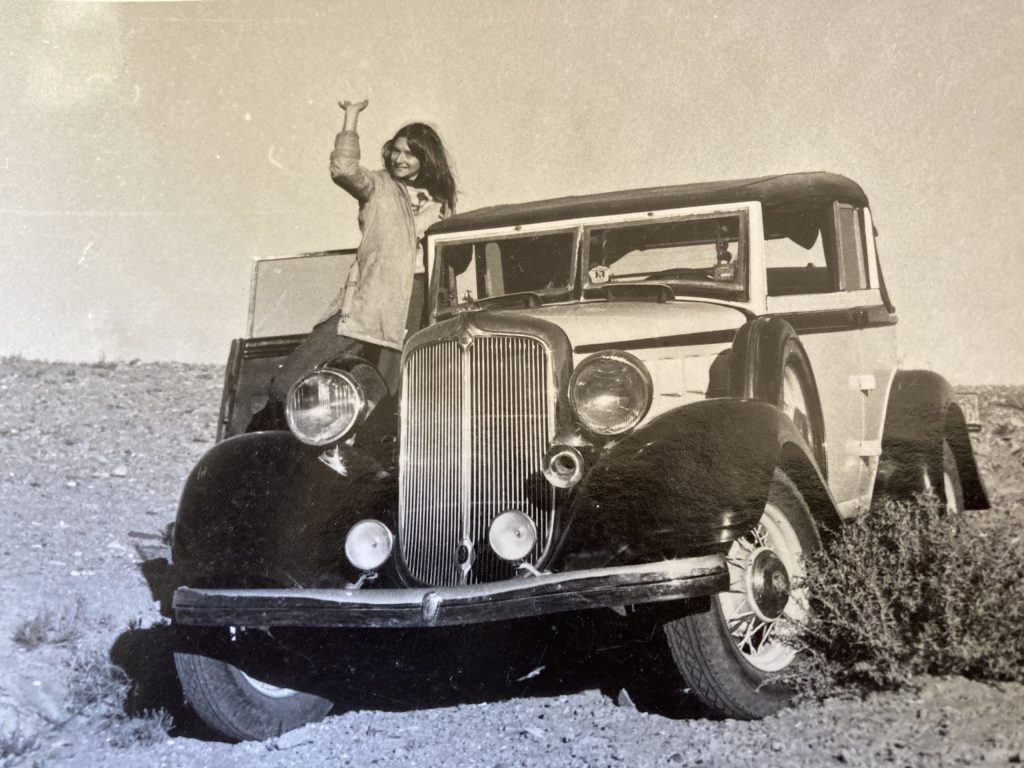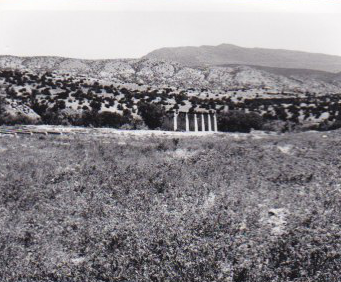The story concerns a tangle of four disparate people: a violin virtuoso in need of a violin, a violin professor in need of money, a music journalist in need of finding herself, and a detective in need of a win. A wealthy American patron offers a Czech virtuoso the loan of a three-hundred-year-old Lipinski Stradivarius violin with stipulations. The virtuoso must design a case secured with a musical lock based on a series of Tartini Tones and perform an annual concert in Santa Fe concluding with Giuseppe Tartini’s infamous Devil’s Trill Sonata. The virtuoso, desperate for a quality instrument, agrees to travel to New Mexico and address the provisions of the loan. The violin professor on learning of his rival’s acquisition of the Lipinski is overwhelmed with envy. The two men grew up and studied violin in Prague. The professor begins to scheme a way to steal the violin. Meanwhile, a young music journalist comes to Santa Fe when her estranged mother suffers an accident and her younger sister runs away. Her stepfather has enticed her with tickets to the virtuoso’s violin concert and a promise of an interview with the violinist. In return, her stepfather hopes she will come to terms with her mother and find her sister. The virtuoso designs the musical lock but after his first performance, he is attacked and his violin is stolen. The music journalist befriends the virtuoso and helps the detective assigned to the case. The detective has little to go on other than a few pieces of evidence found at the crime scene, a French cigarette butt with red lipstick and some Taser confetti scattered in the parking lot. Both clues lead down different paths with mixed results.
Books
South of Santa Fe
Map South of Santa Fe
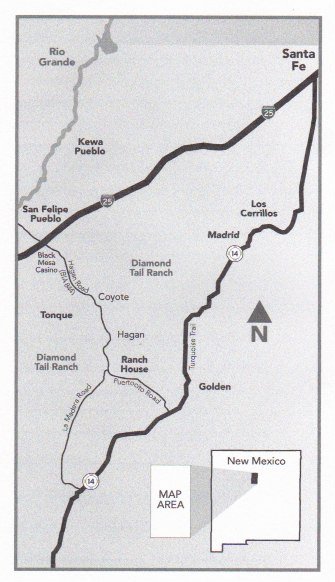
Diamond Tail Ranch is private land and not accessible. New Mexico Jeep Tours in the past had permission to bring visitors to the isolated, mountainous region. Now only wild horses and cattle roam the ranch. The ranch property is posted and off-limits. There is a roadblock on Hagen Road east of where the La Madera Road dead ends.
You can venture toward the ranch through Tijeras Canyon. Head north on Route 14 past the turn-off to the ski basin. Then take La Madera Road which skirts the foothills of the Sandia Mountains and winds its way towards the ranch.
Before La Madera Road deadends at Hagan Road, on the west side is the Golden Open Space which provides two hiking trails. The north trail takes you to the lookout with views of the land surrounding the ranch and the San Felipe reservation.
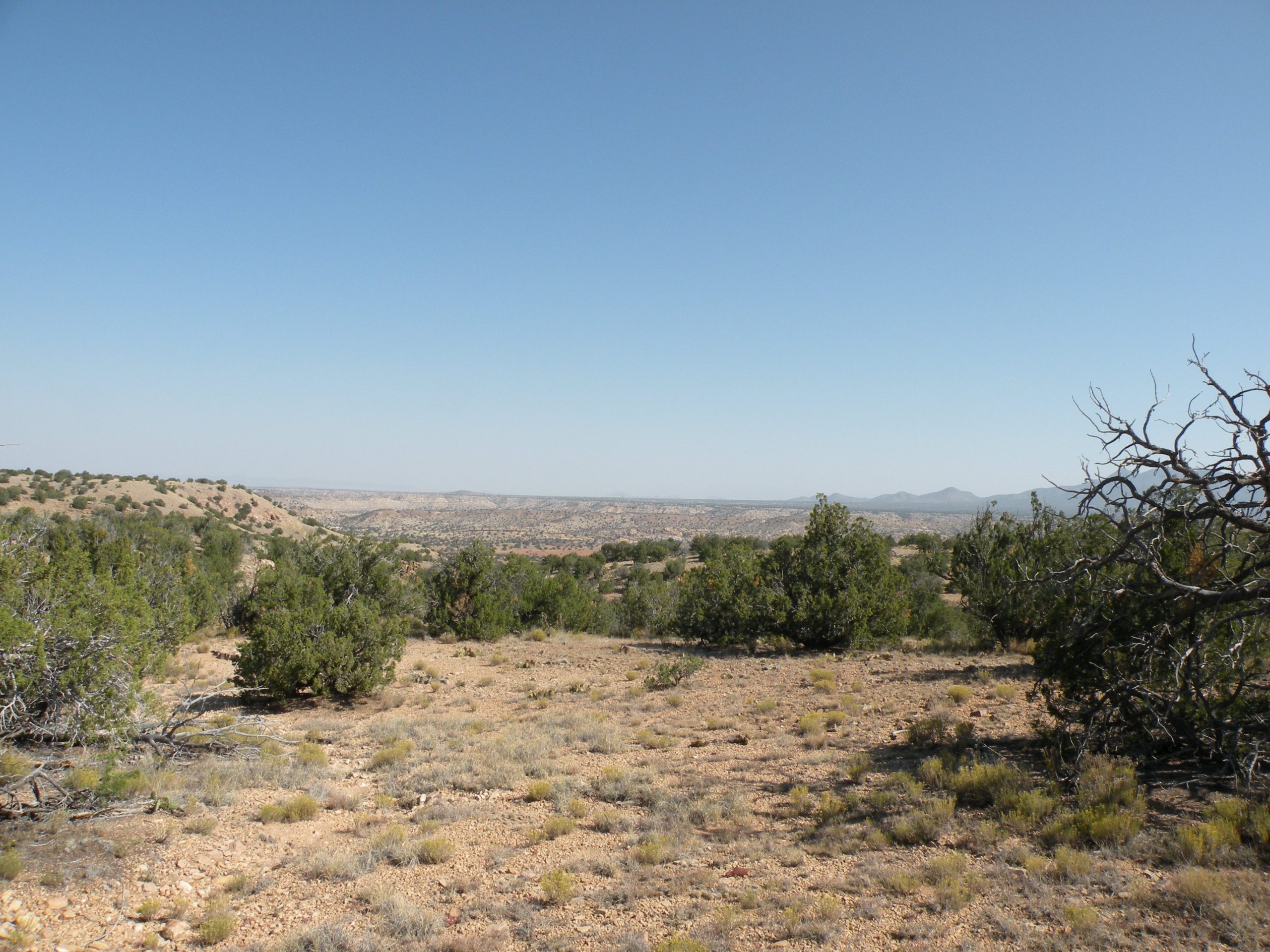
Check out a YouTube video of a mountain biker zooming along the trail.
San Felipe Pueblo, NM (Katishtya)
Tonque Pueblo
Tonque is an ancient abandoned Native American pueblo, whose ruins reside on the San Felipe Reservation. The property is near the historic Hispanic village of Placitas and the ghost town Hagen, an abandoned mining community.
In the 1970s and 80s, my husband and I often visited the area. Once we drove his 1933 Chrysler out to the Pueblo and ended up spending the night under the stars. We woke in the morning surrounded by currious cows.
The history of the Pueblo and the surrounding area always interested me. Years ago, we had permission from the Diamond Tail Ranch foreman to bring university students and school children on field trips. We dug dry clay, formed pinch pots, and burnished them for pit firing.
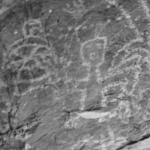
There were many petroglyphs etched into the canyon walls.

Tonque Brick and Tile Company
In 1912, during Hagan’s coal mining development, a brick factory was constructed at the southwestern corner of the pueblo ruins. The company made use of the rich clay deposits for thirty years producing bricks and tiles.

A brick from the Tonque Brick & Tile Company
San Filepe Pueblo, Katishtya
San Filepe Pueblo, Katishtya, is located in New Mexico’s middle Rio Grande valley at the foot of the Black Mesa. From time immemorial we have resided in areas known today to be Arizona, Utah, Colorado, New Mexico, and beyond, and have been at or near our current location for many hundreds of years.
San Felipe Pueblo is between New Mexico’s capitol, Santa Fe, and its largest city, Albuquerque. The Pueblo of San Felipe consists of approximately 3,700 enrolled tribal members and approximately 68,000 acres.
Coronado arrived in 1540, as did Juan de Oñate in 1598, who made their claims. In 1689 the Spanish government recognized the sovereignty of the pueblos through land grants and gifts of the canes of power.
When Mexico won independence from Spain, San Felipe Pueblo became part of Mexico from 1821- 1848. In 1848 under the Treaty of Guadalupe Hidalgo, San Felipe and New Mexico became part of the United States of America as a territory. The United States Congress upheld the Pueblo’s Spanish Land Grant in 1858 and the land was patented to the Pueblo of San Felipe by President Abraham Lincoln in 1864. President Lincoln also gave the Pueblo’s Governor another silver-tipped cane.

